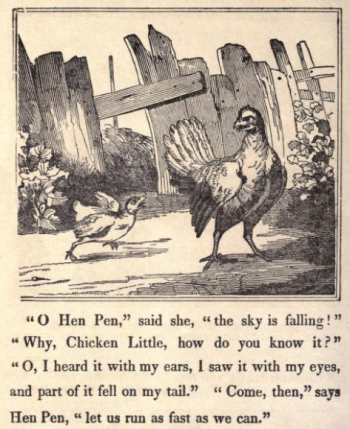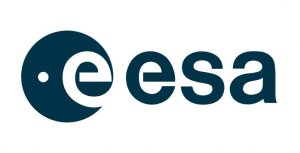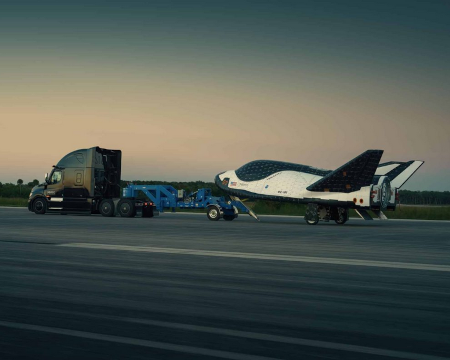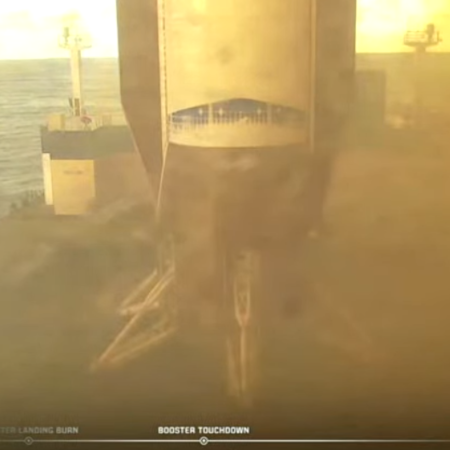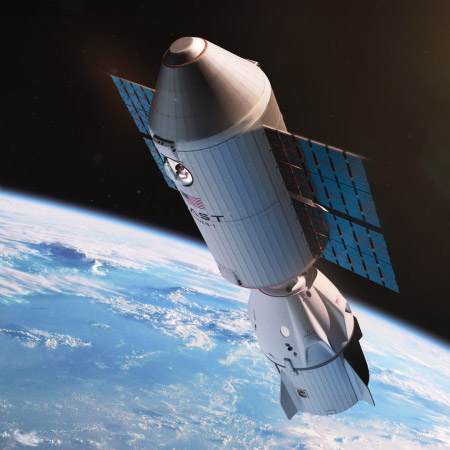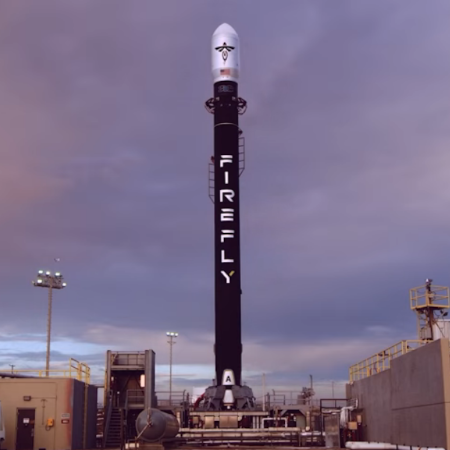Rocket Lab sets new annual launch record for the company
Rocket Lab today set new annual launch record for the company, quickly scheduling and launching a payload for a “confidential commercial customer”, its Electron rocket lifting off from one of the company’s two launchpads in New Zealand.
This was the 15th orbital launch by Rocket Lab in 2025, beating the record of 14 the company set in 2025. Rocket Lab has also launched its HASTE suborbital version of Electron three times, so the company has actually completed the equivalent of 18 Electron launches this year, though three were not intended to reach orbit.
What made this launch unusual is that it was not announced in advance, and took place suddenly without revealing the customer. It is likely the customer was flying a classified military payload. UPDATE on November 26, 2025: That customer was actually the commercial imagery company BlackSky, launching another one of its satellites for its constellation used by both the military and the public. The company did not explain why it wished its identity hidden during the launch.)
The leaders in the 2025 launch race:
151 SpaceX
71 China
15 Rocket Lab (a new record)
13 Russia
SpaceX still leads the rest of the world in successful launches, 151 to 119.
Rocket Lab today set new annual launch record for the company, quickly scheduling and launching a payload for a “confidential commercial customer”, its Electron rocket lifting off from one of the company’s two launchpads in New Zealand.
This was the 15th orbital launch by Rocket Lab in 2025, beating the record of 14 the company set in 2025. Rocket Lab has also launched its HASTE suborbital version of Electron three times, so the company has actually completed the equivalent of 18 Electron launches this year, though three were not intended to reach orbit.
What made this launch unusual is that it was not announced in advance, and took place suddenly without revealing the customer. It is likely the customer was flying a classified military payload. UPDATE on November 26, 2025: That customer was actually the commercial imagery company BlackSky, launching another one of its satellites for its constellation used by both the military and the public. The company did not explain why it wished its identity hidden during the launch.)
The leaders in the 2025 launch race:
151 SpaceX
71 China
15 Rocket Lab (a new record)
13 Russia
SpaceX still leads the rest of the world in successful launches, 151 to 119.


